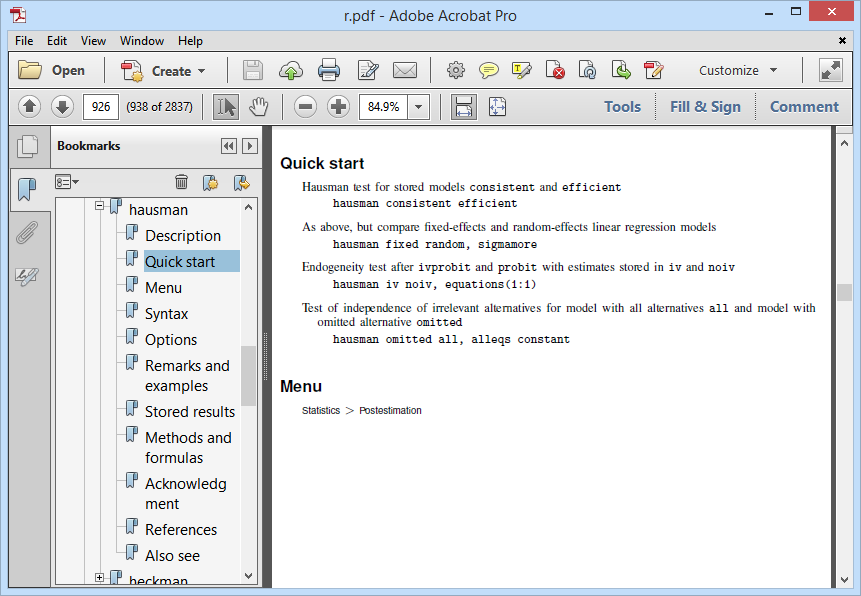
First try sum (summarize) all by itself, and then followed by age: Variable ListsĪ list of variables after a command tells the command which variables to act on. Commands that can destroy data, like replace, cannot be abbreviated. Many commands can be abbreviated: sum instead of summarize, tab instead of tabulate, reg instead of regress. Normally the command itself comes first and then you tell Stata the details of what you want it to do after. They tell Stata to do something: summarize, tabulate, regress, etc. Add the example commands to this do file as you go, and run it frequently to see the results. The example commands will go after use gss_sample and before log close. Create a new do file in that folder called syntax.do, as described in Doing Your Work Using Do Files. To carry out the examples in this section, you'll need to have created an SFS folder and downloaded the gss_sample data set as described in Managing Stata Files. Spending a little time learning the syntax itself will make it much easier to use commands later. Stata tries very hard to make all its commands work the same way. If you are new to Stata we strongly recommend reading all the articles in the Stata Basics section. Type search keyword to 1) search a topic in Stata’s local keyword databases and the net materials 2) if we do not know the exact command name or 3) if we want to search for a user-written package to download.This article is part of the Stata for Students series. Type help command to look for the syntax and usage of a command. To the right, More asks Stata to continue to run the program if it pauses Break asks it to stop the current session.You can also open the Datat Editor by typing edit. If you do have edited data munually in the editor, remember to copy the codes produced in the Results window and paste it to your do-file to save a copy of what you did. Data Editor lets us actually modify the data, which is highly not recommended.You can also open the Browser by typing browse. Data Browser lets you view the data in a spreadsheet.Do-file Editor is a text editor specific to Stata, where we write the commands.
#Stata commands download
One of the common uses is a help system and a place to find and download the user-written packages. We wil explain the usage of a log in the next chapter.
#Stata commands manual
More on the Stata user interface from the Stata manual Use the arrows to the right of the lock icon to select variables in the Variables window.

#Stata commands windows
To set the windows to the way we prefer, go to Preferences.

The five main windows in Stata are Review, Results, Variables, Properties and Command.


 0 kommentar(er)
0 kommentar(er)
